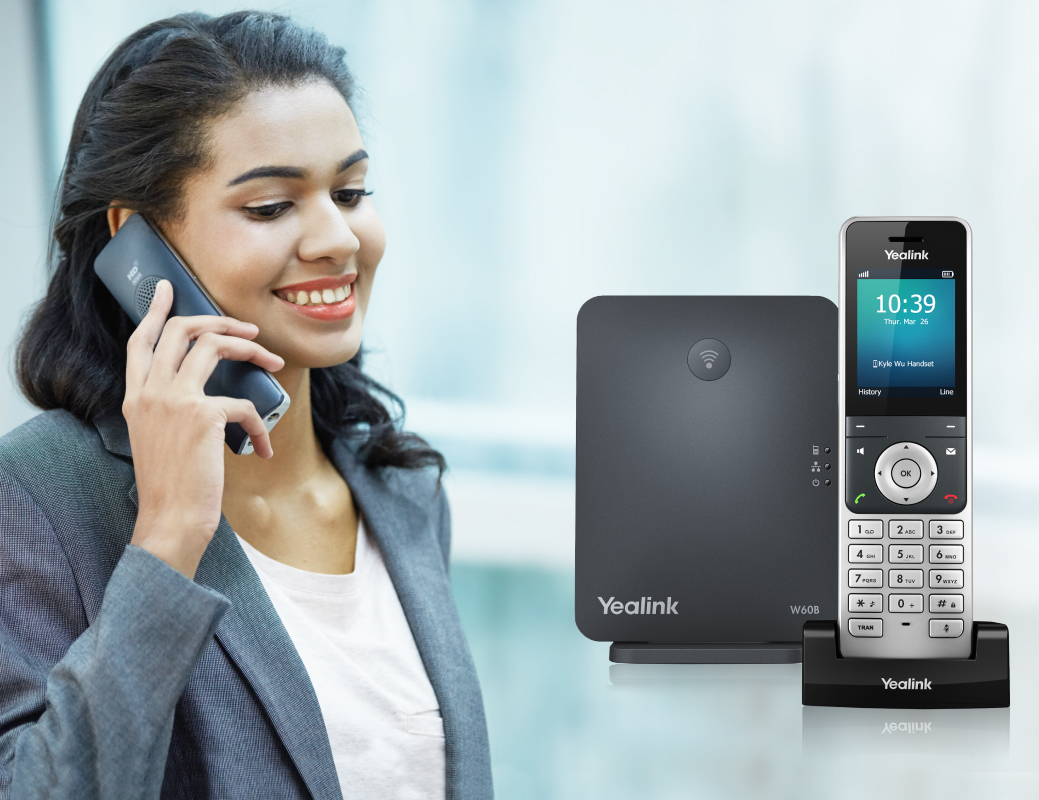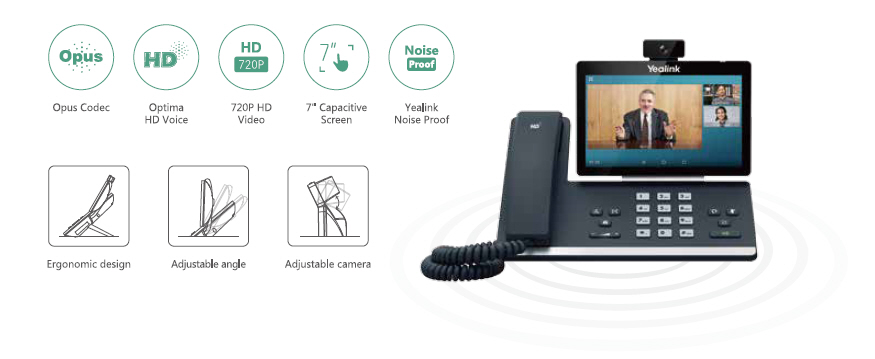Introduction
In an era where remote work and global collaborations have become the norm, the importance of effective communication cannot be overstated. Enter VoIP (Voice over Internet Protocol) conference calls — a revolutionary way to connect teams, clients, and stakeholders without the geographical constraints of traditional phone systems. But how do you turn this technology into a seamless experience? This guide will take you on an adventurous journey from setup to success in conducting professional VoIP conference calls.
VoIP Phone Service: The Backbone of Modern Communication
VoIP phone service is more than just a trend; it's the backbone of modern business communication. By converting voice into digital signals transmitted over the internet, VoIP allows for high-quality calls at a fraction of the cost of traditional phone lines.
What Is VoIP and How Does It Work?
VoIP stands for Voice over Internet Protocol. In simple terms, it’s a technology that enables people to make voice calls using a broadband internet connection instead of a regular phone line. This process involves:

- Digital Conversion: Your voice is converted into data packets. Transmission: These packets are sent over the internet. Decoding: The recipient's device converts these packets back into sound.
Advantages of Using VoIP Phone Service
Cost Efficiency: Lower call rates compared to traditional phone services. Flexibility: Make calls from anywhere with internet access. Advanced Features: Call forwarding, voicemail to email, and much more. Scalability: Easily add or remove lines as your business grows.Why Choose VoIP for Conference Calls?
The advent of VoIP technology has transformed how businesses conduct meetings and conferences. Here’s why it’s ideal for your next conference call:
- Multiple Participants: Connect with numerous attendees without additional costs. High-quality Audio: Experience crystal clear sound quality. Integrative Features: Screen sharing, video conferencing, and instant messaging all bundled together.
Setting Up Your VoIP Conference Call
Now that we know what VoIP is and why it’s essential, let’s dive into setting up your own professional conference call.
Choosing the Right VoIP Phone Service Provider
When selecting a provider, consider factors like:
- Pricing plans Customer support Feature set User reviews
Popular Providers
| Provider | Starting Price | Key Features | |------------------|----------------|--------------------------------------| | RingCentral | $19.99/month | Video conferencing, integrations | | Zoom | Free | Unlimited meetings (up to 40 mins) | | Microsoft Teams | Free | Collaboration tools |
Hardware Requirements for VoIP Calls
Essential Equipment
Headset with Microphone High-Speed Internet Connection Computer or Smartphone A Reliable RouterOptional Equipment
- HD Webcam for video conferencing Dedicated conference room equipment (e.g., speakerphone)
Software Choices for Conference Calls
You’ve got choices! Depending on your needs, here are some popular software options:
Zoom Microsoft Teams Google Meet Cisco WebexEach offers unique features tailored to different types of users.
Conducting Your First Professional Conference Call
With everything set up and ready to go, let’s discuss how to conduct your first professional conference call successfully.
Preparing an Agenda
Having a structured agenda is paramount for keeping participants engaged.
Sample Agenda Template
| Time | Topic | Presenter | |-----------|----------------------|------------------| | 10:00 AM | Welcome & Introductions | Team Leader | | 10:15 AM | Project Updates | Project Manager | | 10:30 AM | Q&A Session | All Participants |

Inviting Participants Effectively
Send out invites well in advance with all necessary details:
- Date & Time Dial-in Number or Link Agenda
Best Practices
Use calendar invites (Google Calendar or Outlook) Set reminders one day before the meeting.Best Practices During The Call
- Mute when not speaking to minimize background noise. Encourage participation by asking direct questions. Stay on topic based on your agenda.
Troubleshooting Common Issues During Conference Calls
Even in our tech-savvy world, glitches happen! Here are common issues and how to handle them:
Poor Audio Quality
If participants struggle to hear each other clearly:

Participants Having Trouble Joining
Sometimes glitches occur on the joining end; here's how you can resolve them:
Double-check links provided in invites. Offer an alternative dial-in number if available.Handling Background Noise
Background noises can be distracting during calls; here's what you can do:
Ask participants to join from quiet locations. Use noise-canceling microphones when possible.Enhancing Engagement During Conference Calls
Engagement is key! Here are tips to make your VoIP conference call interactive:
Use Visual Aids Effectively
Utilize slideshows or screen-sharing options available in platforms like Zoom or Microsoft Teams to keep attendees focused.
Encourage Participation Through Questions
Ask open-ended questions throughout the meeting to involve everyone actively.
Breakout Rooms for Larger Groups
If you're dealing with larger groups, utilize breakout rooms for smaller discussions before regrouping.
Post-call Follow-Up Strategies
Once your call concludes, don’t forget about follow-ups!
Sending Meeting Minutes
Draft concise minutes summarizing key points discussed and action items assigned during the call.
Sample Format for Minutes
Date & Time: Attendees: Summary of Discussions: Action Items Assigned:Feedback Collection
Gather feedback from attendees regarding their experience during the call using surveys via Google Forms or similar tools.
FAQs About Conducting Professional VoIP Conference Calls
What do I need for a successful VoIP conference call?- A reliable internet connection, decent headset/mic combo, and user-friendly software are crucial elements for success!
- Yes! Most platforms like Zoom allow users to record sessions easily; just ensure all participants consent beforehand!
- This depends on your chosen service provider; typically ranges from 100 up to thousands!
4 How can I improve audio quality during my calls?
- Ensure solid internet speeds and opt for high-quality headsets while limiting background noise wherever possible!
5 Is there any cost involved in using VoIP services?
- Many providers offer free versions with limited features; however paid plans come packed with enhanced functionalities!
6 What if someone can't join due technical issues?
- Always have backup dial-in numbers available so they can still participate via traditional phone lines if needed!
Conclusion
From setup to success—conducting professional VoIP conference calls doesn’t have to be daunting! With proper planning, engaging techniques during VoIP Phone Service meetings coupled with effective troubleshooting strategies post-call—you’ll find yourself leading fruitful discussions seamlessly across distances! Embrace this technology wholeheartedly while staying aware of its nuances—and watch as it transforms how you communicate within your organization!
So why not start today? Dive into these tips and best practices—your next conference call awaits!